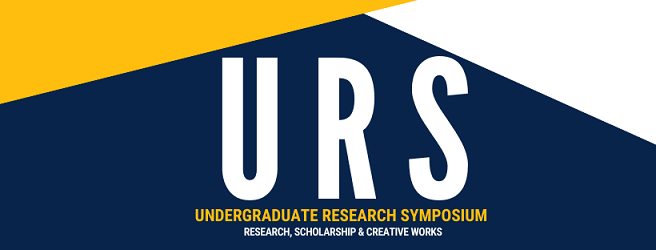Faculty Sponsor
Dr. Aimee Dunlap
Final Abstract for URS Program
The European honey bee (Apis mellifera), is considered one of the worlds more important pollinator species and is often the focal species for bee conservation. However, lesser known native bees are equally, if not more valuable for pollination services. Native bees are better pollinators for native crop plants, but often must compete with honeybees for floral resources. There has been an increase in support for including honeybee hives in private and public spaces, but recent studies suggest that interactions between resident native bees and introduced honeybees can have long lasting and detrimental effects on population persistence. These interactions have been well documented in natural landscapes, but competition between bee species in the context of urban agriculture remains unknown. Therefore the goal of this study was to document interactions between native bees and honeybees in urban community gardens to elucidate differences in the number of competitive interactions and the competitive behaviors used by bees in urban regions. To accomplish this, we filmed flowers in three community gardens in Saint Louis, MO, one of which has four managed honey bee colonies and two that do not. We quantified known competitive behaviors for bees including chasing, dive bombing, pollen robbing and attacks. We found significant differences in both the frequency and type of competitive interactions between bee species and across surveyed community gardens. This information is vital for understanding the effects of introduced honeybee colonies in local landscapes, particularly in urban regions with already high selection pressures.
Presentation Type
Visual Presentation
Document Type
Article

